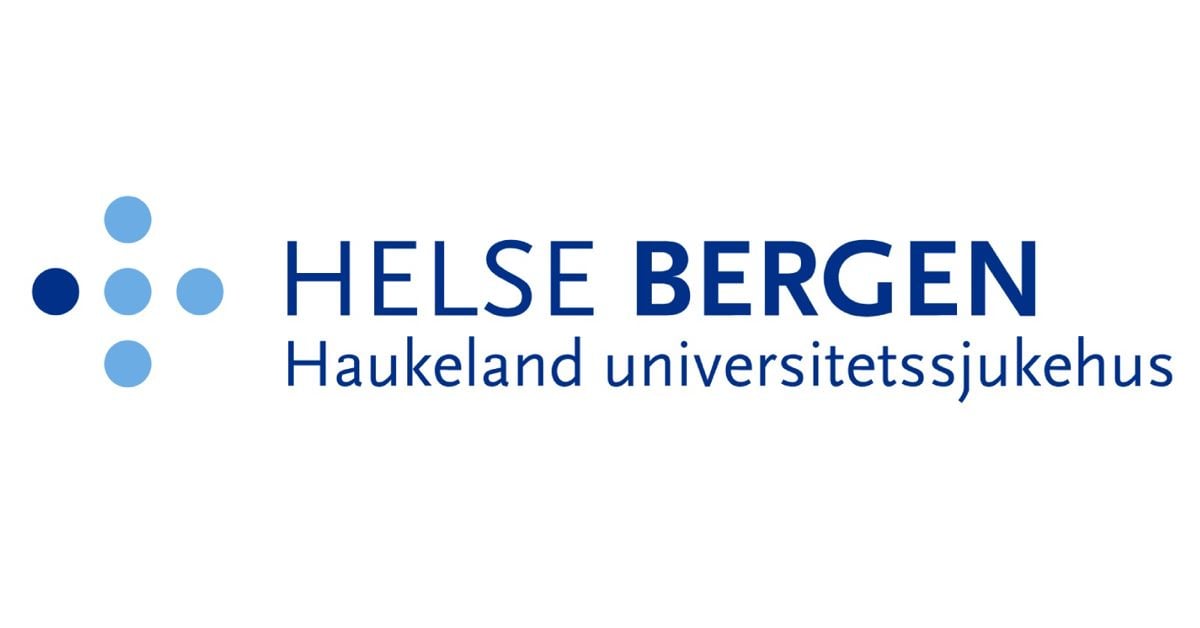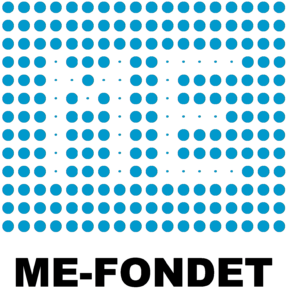V.R.T.
Senior Member (Voting Rights)
I totally forgot that! Of course. Well lets say 9 months then, so six months after for unbinding. Why does the follow up have to remain blinded six months after the injection is given?It’s not 72 months, it’s 72 weeks including a 3 month run in period before the intervention.
Im just curious why you need such a long blinded follow up period, and when you could unblind after 6 months post treatment, do preliminary results and then follow up for as long as you liked after that.



